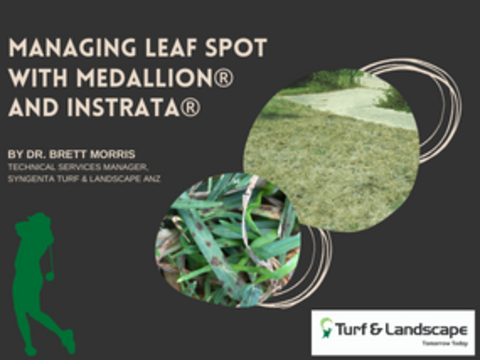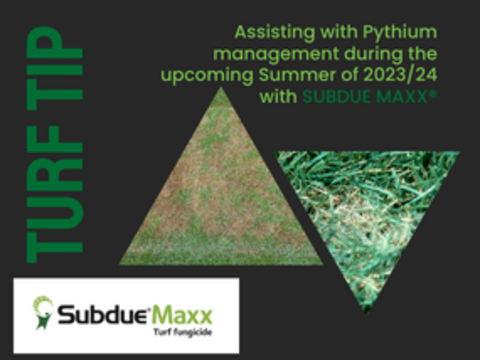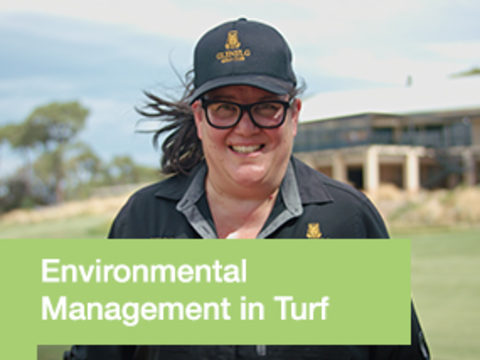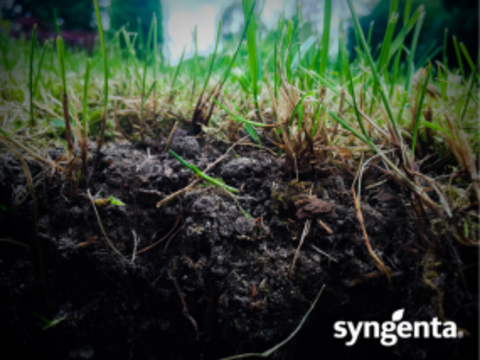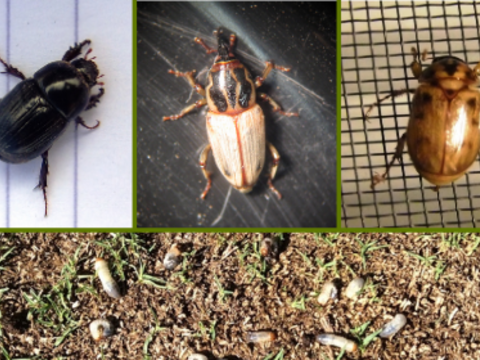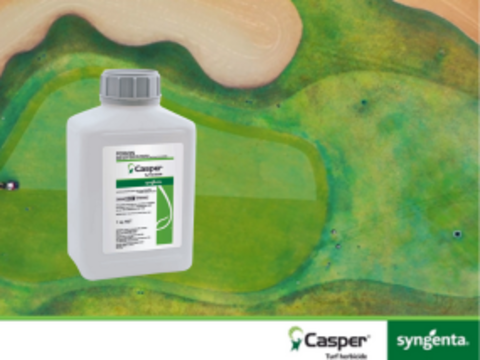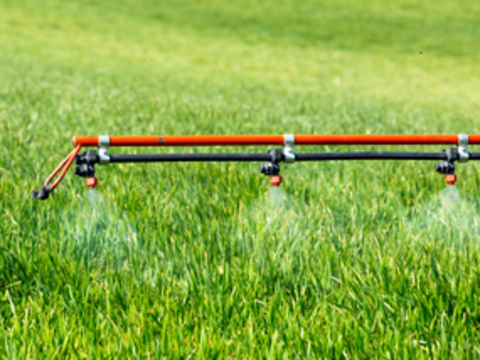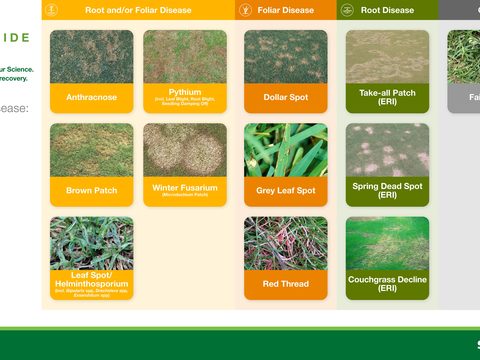Getting the most out of your fungicide program
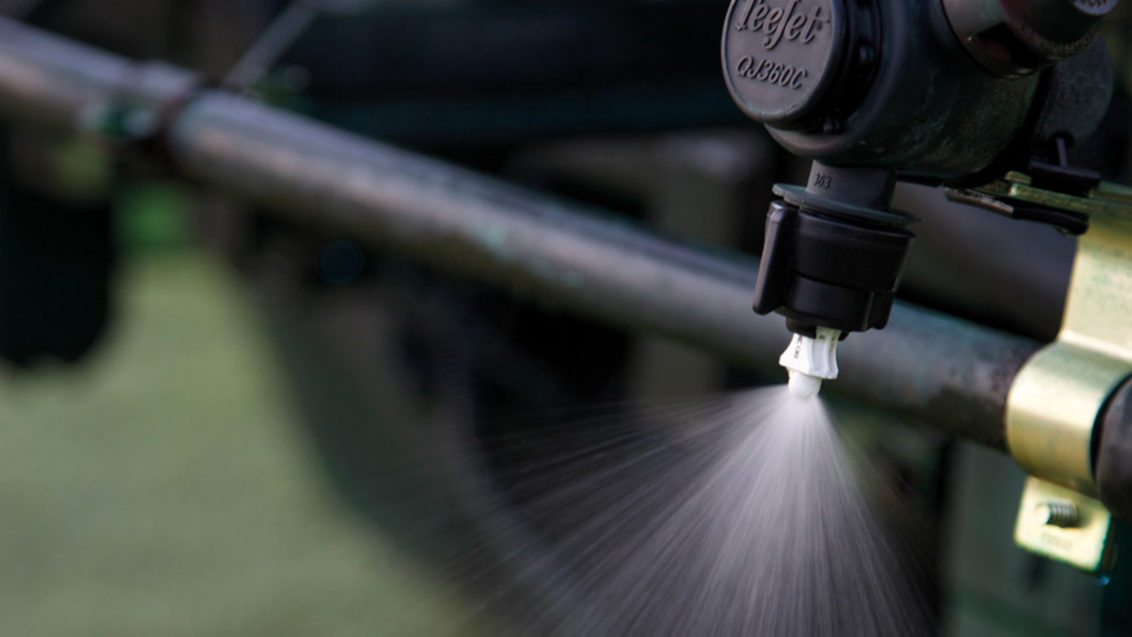
Disease outbreak is a frustrating occurrence, especially when your efforts to produce immaculate turf go down the drain.
That’s why it is crucial to be proactive in fighting disease by including fungicides in your Integrated Turf Management plan. This may sound simple enough, but one look at the many products on the market, and it’s clear there’s an extensive range of fungicides to choose from, each with different properties. Understanding how each product works is key to achieving the best results for your turf.
To help you, here are 4 factors that influence fungicide usage and effectiveness.
1. Topical Mode of Action
Understanding a fungicide’s topical Mode of Action (MoA) – that is, how the fungicide moves through the plant after application – will help you select one that meets your needs.
- Contact fungicides remain on the outside of the plant after application, forming a shield to protect the leaf from pathogens and prevent the spread of disease. Contact fungicides such as INSTRATA are best applied in autumn and winter, when turf growth is slow. Make sure your application technique is correct, as they need good leaf coverage to get results.
- Localised translaminar chemistry such as SDHIs (VELISTA) move a short distance from the point of application to slightly penetrate the plant meaning they stay where they are placed.
- Systemic fungicides like HERITAGE and BANNER MAXX move into the xylem before being distributed throughout the plant. They tend to provide prolonged disease control, moving through the plant over time to protect new leaves as they grow. They are best applied in spring, summer and early autumn, during periods of turf growth.
Knowing which topical MoA to use depends on where the pathogen is in its life cycle. For example, in a high-risk situation where the disease is spreading, a contact fungicide may be needed to immediately protect the surrounding leaves. A translaminar option like VELISTA will protect the leaf from outside and provide control and prevention of pathogens that may have entered the turf. On the other hand, a systemic fungicide works best as a preventative solution as it is distributed around the turf. This gives the active ingredient time to be distributed throughout the leaf for effective control.
2. Biochemical Mode of Action
The biochemical MoA refers to how a fungicide inhibits a pathogen and its unique cellular process. Single-site fungicides (such as penthiopyrad, propiconazole and azoxystrobin) affect one biochemical process within the pathogen, while multi-site fungicides (chlorothalonil and fludioxonil) tackle the pathogen at several different points.
While some single-site fungicides have been in use for a while, they pose a significant risk of disease resistance. Over time, pathogens can develop the ability to withstand the MoA within a certain fungicide – especially if that fungicide is repeatedly applied throughout the season. Multi-site fungicides, on the other hand, make resistance less likely to develop, as there are too many biochemical processes for the pathogen to overcome.
You can help prevent disease resistance by rotating fungicides from different chemical groups, or tank mixing single-site fungicides with products from a different MoA. This manages the build-up of resistant pathogens and ensures your fungicide program remains effective.
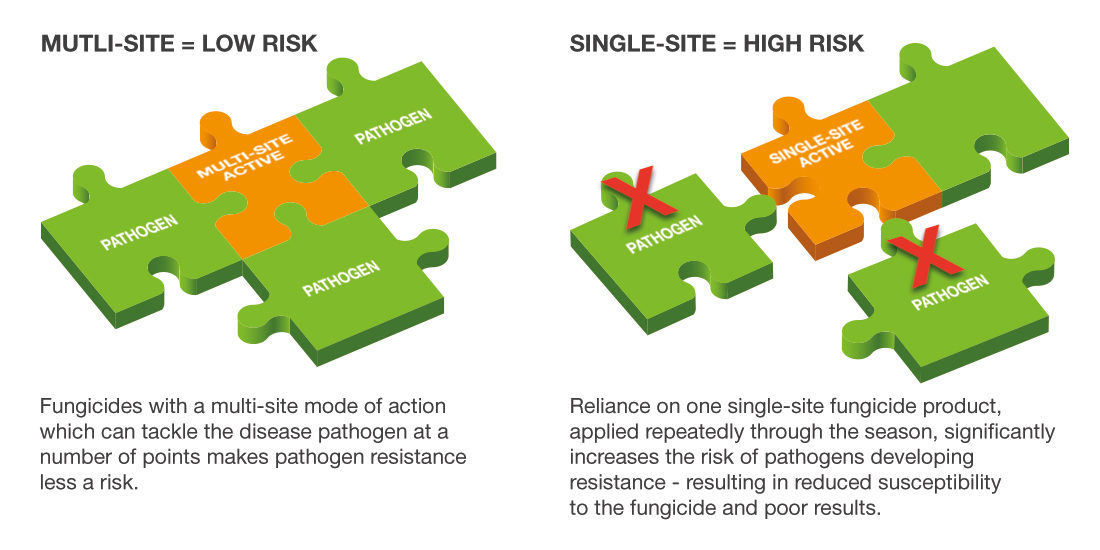
3. Application timing
In many cases, disease pathogens are present in turf, but waiting for the right conditions to break out. Knowing what is happening in your turf will influence fungicide application timing – not to mention how effective your program is.
- Preventative application minimises the risk of disease and stops the pathogen before it impacts turf quality. It occurs after periods of high disease risk (such as when weather conditions are conducive to disease development) but before infection has occurred. It helps to have some local knowledge and disease forecasting under your belt when making a preventative application, as this will help you increase effectiveness and minimise fungicide waste.
- Curative application is best when disease infection may have occurred, but symptoms are not yet visible. It aims to stop early pathogen development inside the plant once it has germinated, as well as provide protection for uninfected leaves.
Eradicant application is sometimes mistakenly referred to as ‘curative’, but it occurs once the damage to turf quality is already done. At this stage, most fungicides are limited in their ability to remove symptoms and scarring, although they can stop its spread by protecting surrounding leaves from new infection and reducing pathogen populations to limit new infections. Good agronomic management is required to ensure turf health is restored and recovery achieved.
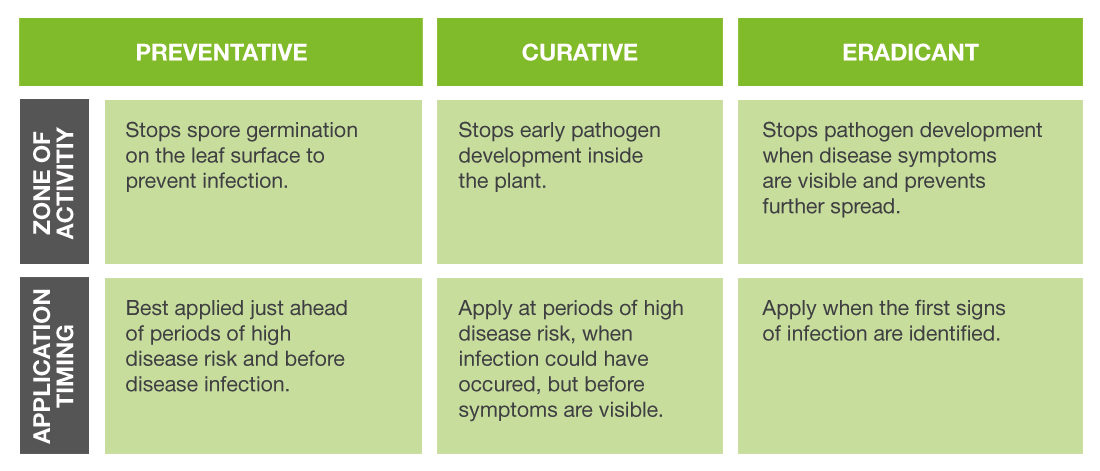
4. Application accuracy
To get the best results from your fungicide, make sure your spray application is accurate and provides optimal coverage. Find out how to ensure spray accuracy from Syngenta’s team of experts.
Syngenta fungicide portfolio has a selection of products to counter all points of disease development.


